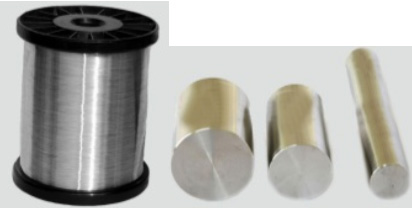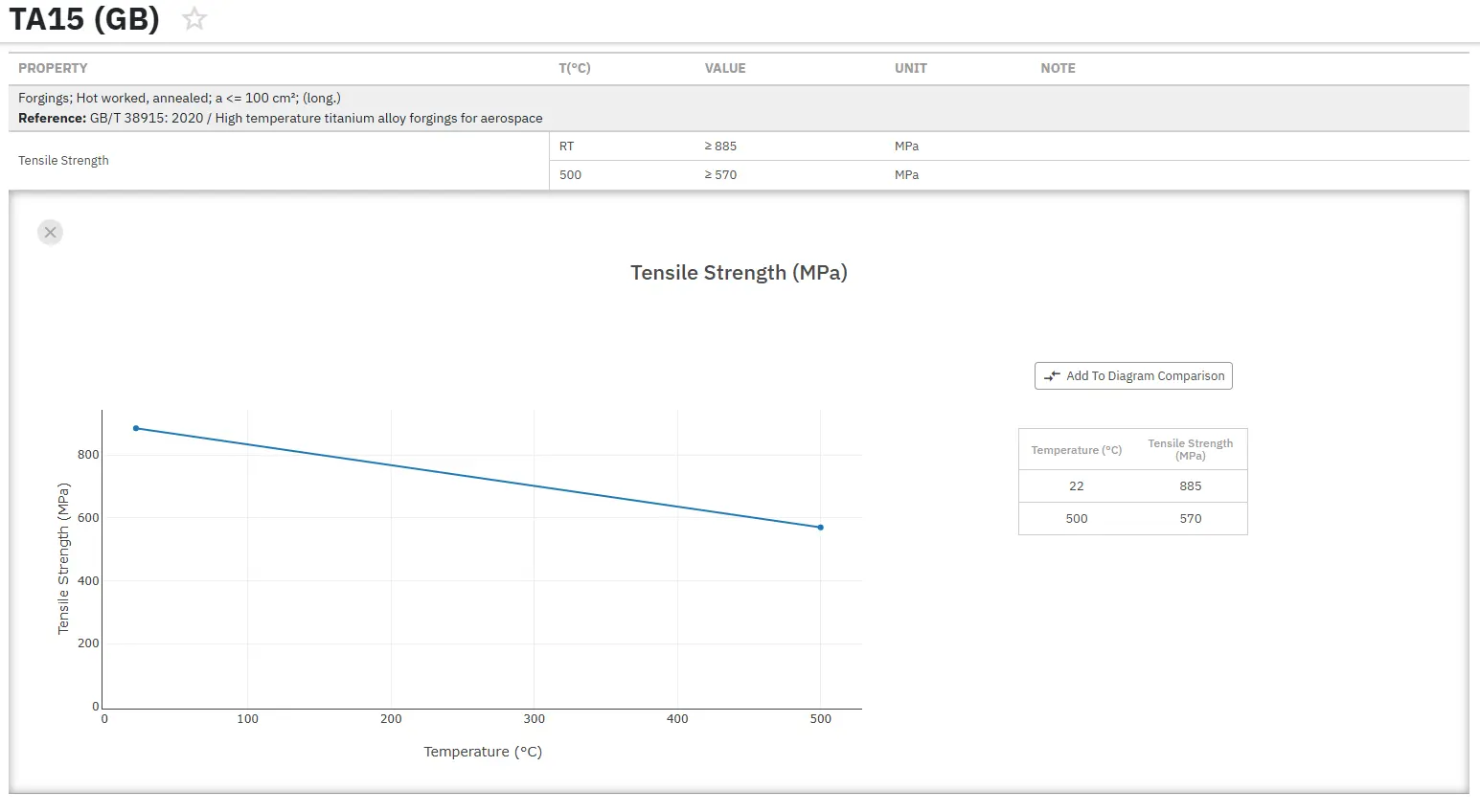Titanium-Nickel Shape Memory Alloys
Abstract
Shape memory alloys are categorized by two very unique properties; pseudo-elasticity (PE), and the shape memory effect (SME).
Since SMA’s are hugely versatile and functional materials they have a range of important applications to fulfill including bone transplant replacements, sensors, antennas for mobile phones and much more.
Shape memory alloys (SMAs) belong to a class of shape memory materials (SMMs), which have the ability to ‘memorise’ or retain their previous form when subjected to certain stimulus such as thermomechanical or magnetic variations. SMAs have drawn significant attention and interest in recent years in a broad range of commercial applications, due to their unique and superior properties; this commercial development has been supported by fundamental and applied research studies.
Shape memory alloys (SMA's) exhibit two very unique properties, pseudo-elasticity (PE), and the shape memory effect (SME). In the last decade, shape memory alloys (SMA) have attracted much interest as functional materials. Especially, it has been found that certain microstructures form in Ti-Ni alloys cause different shape memory behavior and improve the shape memory characteristics and mechanical properties. The Ti–Ni based alloys are the most important practical shape memory alloys (PSMA) with excellent mechanical properties. There are many phase transformations in Ti–Ni-based alloys system, which include not only diffusion-less / martensitic transformations, from which shape memory and super-elastic effects arise, but also diffusional transformations. Thus even the latter transformations have been used effectively to improve shape memory characteristics. Thus the alloy system serves as an excellent case study in physical metallurgy, as is the case for steels where all kinds of phase transformations are utilized to improve the physical properties.
TiNi shape memory alloys are reliable, functional materials widely used in various industrial applications as couplings, actuators, sensors, retractable antenna for mobile phones, glasses frames, and underwire for underwire bras due to their unique shape memory and superelasticity properties. The combination of these characteristics with good biocompatibility, coupled with high mechanical response, has made TiNi alloys fabulous materials for dental and biomedical applications such as stents, orthodontic arch wires, filters, and bone anchors. The retention of TiNi features well enough also in the porous form, introducing new application fields including bone implants, energy absorbers, separators, and light weight actuators. Biomedical applications, especially bone implants, stay one step ahead of the others due to the high cost of porous TiNi alloys. Moreover, shape memory and superelasticity properties can easily be used practically for insertion of implants, ensuring better fixation with the host tissue. Superelastic porous TiNi alloys also display a mechanical behavior similar to that of the bones, showing strain recovery around 2%. Therefore, they exhibit a better mechanical compatibility compared to rival porous materials made up of stainless steel, tantalum, titanium, Ti6Al4V, or ceramics such as hydroxyapatite. Porosity is of service in allowing transportation of body fluids and bone ingrowth, and also in decreasing the elastic modulus of the implant, which is usually much higher than that of compact bone (12-17 GPa) or cancellous bone (<3 GPa).

Figure 1: Ti-Ni shape memory products
Access Precise Properties of Titanium Alloys Now!
Total Materia Horizon contains property information for thousands of titanium alloys: composition, mechanical and physical properties on various temperatures, nonlinear properties and much more.

Get a FREE test account at Total Materia Horizon and join a community of over 500,000 users from more than 120 countries.